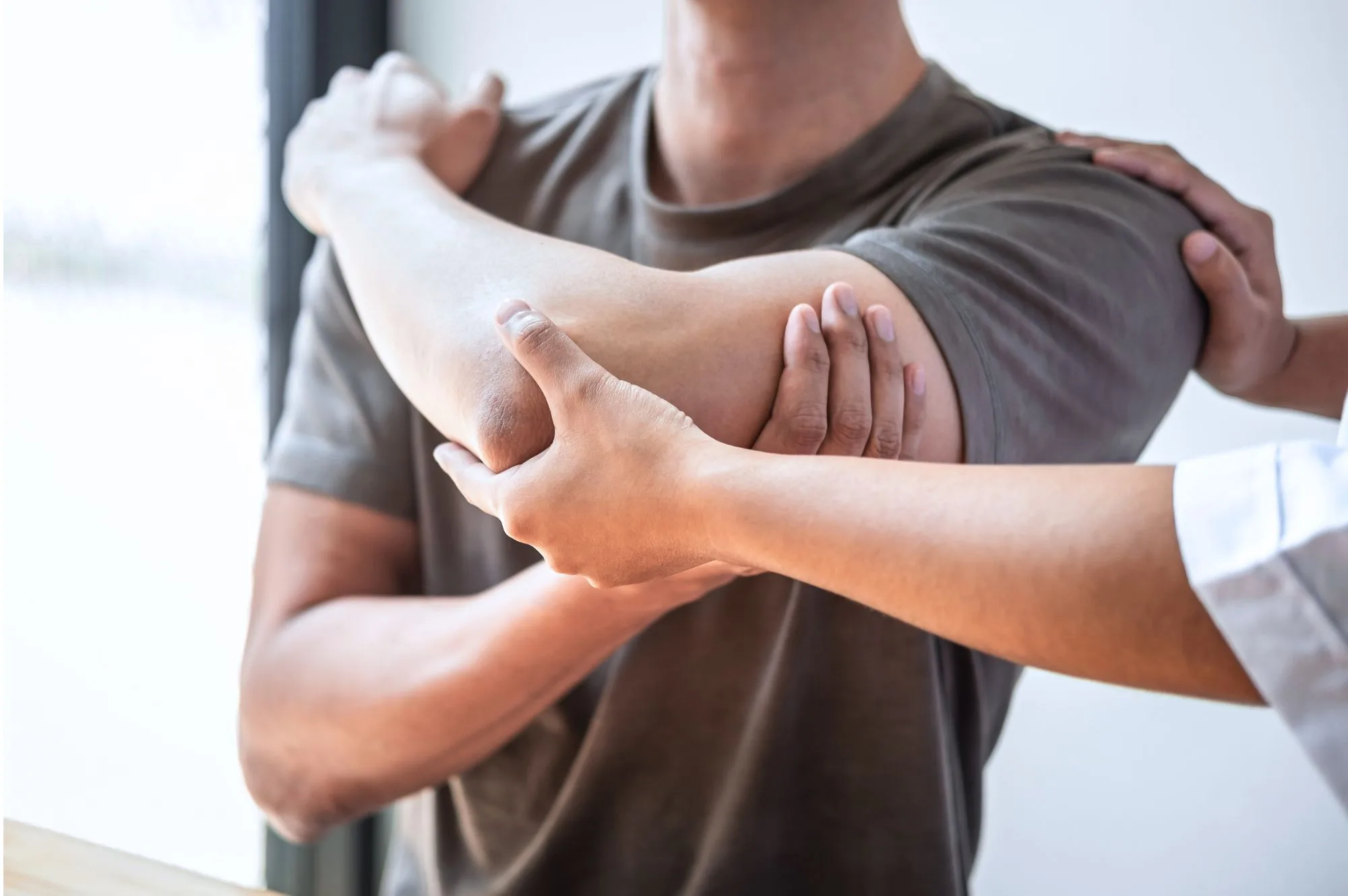
Fix Anterior Compartment Syndrome with Physiotherapy
The entire human body consists of bones, muscles, flesh, organs, nerves, arteries, veins and the compartments are present near our joints. Likewise, our leg consists of three compartments. If one compartment gets injured or damaged, then a swelling takes place in and around that area, however it does not disperse to the two conjoining compartments. Due to a sudden blow or over exploitation of leg muscles, Anterior Compartment Syndrome may take place.
How does Anterior Compartment Syndrome occur?
This syndrome occurs when there is either a blow or an extreme impact to the lower part of the leg. As a result, the muscle of the anterior compartment tears off and that itself causes bleeding and swelling. Swelling of the tissues may also take place due to overuse of the anterior compartment muscle. There are also possibilities that Anterior Compartment Syndrome may occur due to excessive running on toes. When we run on our toes, the entire body weight and pressure is centered on our calves due to which they become very tight (gastrocnemius and soleus complex). As a result, swelling of the calf muscle tissue takes place and that ultimately leads to Anterior Compartment Syndrome.
Various symptoms that athletics should be aware of
Sudden and excessive pressure on the anterior compartment of your legs may also lead to Anterior Compartment Syndrome. Muscles usually become weak when they are not maintained with consistent practice. Therefore, when we suddenly exert force and pressure to those muscles, they become prone to too much strain because of which we experience acute pain when we try to move our feet upwards. Usually, the pain only persists when the player runs, nonetheless, it can also hurt when at rest. We can sense tenderness in that area of pain with palpation and as a result, pointing the foot downwards towards the ground increases the pain.
How can we prevent it?
It is recommended to play on a soft surface because running or playing on hard synthetic surfaces or hardwood gym floors can lead to Anterior Compartment Syndrome. Stretch your calf muscles, hamstrings and quadriceps always at the training session or before the game. You can restrain swelling by applying ice and compression when you come across any kind of injury or a heavy blow on the anterior compartment of your leg.
Choose appropriate ways to treat Anterior Compartment Syndrome:
In order to treat Anterior Compartment Syndrome, stretching your calf muscles regularly is very crucial and necessary. Hot water and colder water baths are also important in order to stimulate proper blood flow. It is advisable to undertake sports massage from a sports physiotherapist or a massage therapist. You will have to wear a compression sleeve to the affected area. You should avoid any physical activities which require running or straining your legs unless the condition clears up or your sports physiotherapist suggests you to continue running. Swimming and cycling are good alternate aerobic activities.
The above mentioned detailed points of Anterior Compartment Syndrome will to a certain extent help you to diagnose, prevent and treat the disorder with the help of physiotherapy. However, we would advise you to visit a professional physiotherapist in Edmonton, if the massaging techniques that you undertake do not ease your leg pain.







